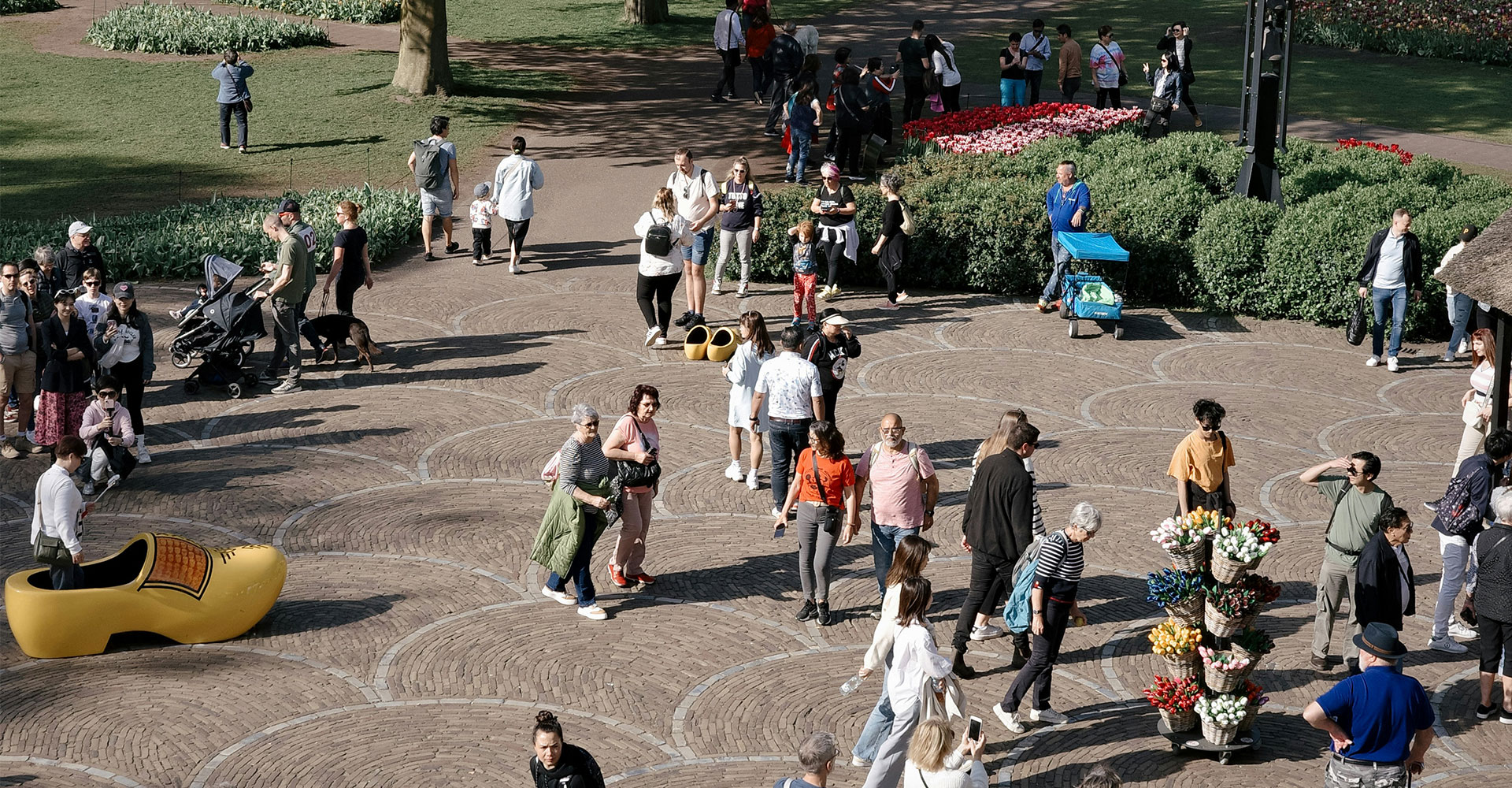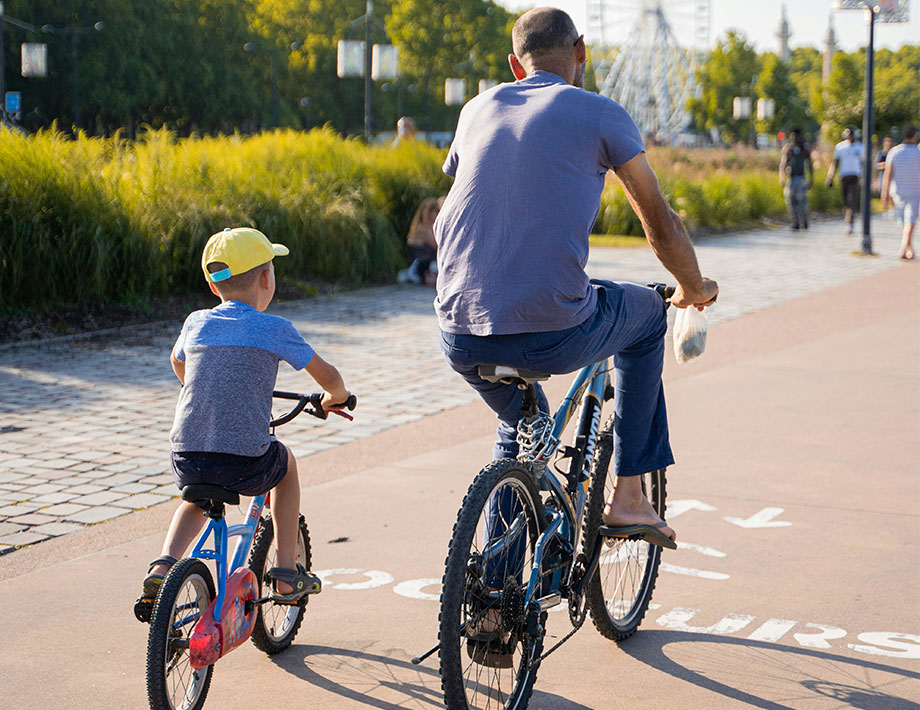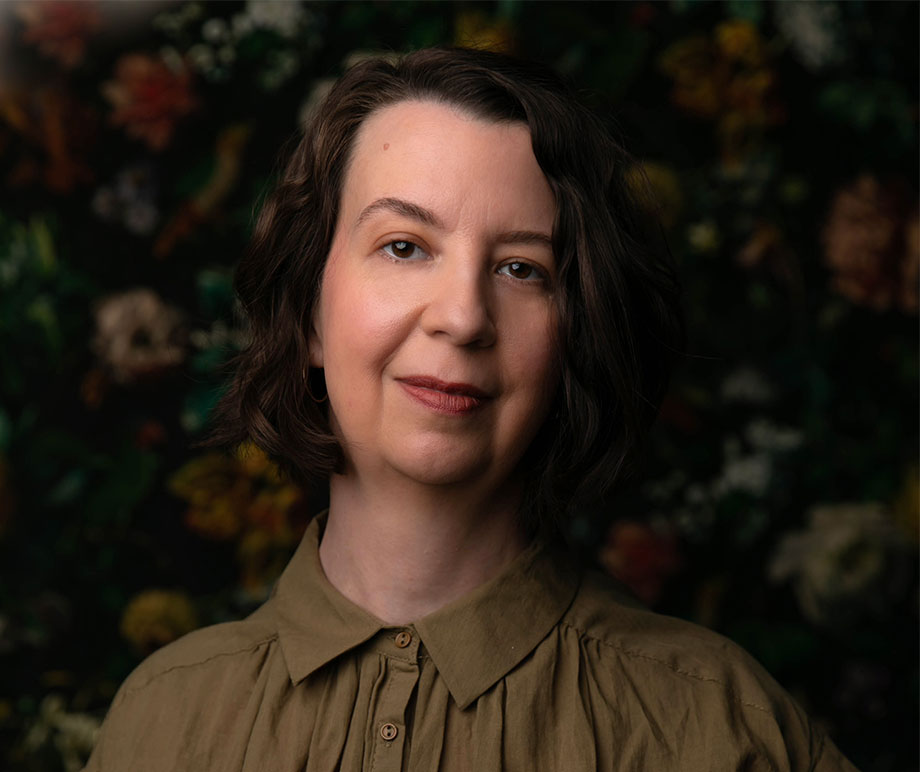Could you briefly describe the concept of feminist urban planning?
Feminist urban planning is a set of values, practices, and principles that aims to address the long-standing exclusion of women and other marginalized groups from planning processes and urban infrastructure. These values and principles include prioritizing an infrastructure for care work, grounding planning in everyday life, taking care of our embodied needs, addressing unique safety concerns, and challenging old ways of thinking about public and private space.
What role do urban spaces play in this concept?
Urban open spaces are very important for any feminist planning project. Historically, women were excluded from many public places or made to feel fearful or out of place. Today, women still struggle to claim space and feel at home in parks, plazas, and on the streets. We all need access to such spaces and a sense of safety in order to participate fully in the life of the city.
How can feminist urban planning benefit not only women, but society as a whole?
Society as a whole benefits from feminist urban planning because we all need safe spaces. We all need rest, shelter, shade, and toilets. We all need effective transportation systems. Designing with women in mind can help create vibrant, mixed-use open spaces that are welcoming to all.
Which misconceptions do you often encounter when talking about feminist urbanism?
Some misconceptions about feminist urbanism include the idea that men will be pushed to the side, or that we want separate, pink-coloured spaces for women. The truth is that men will also benefit from feminist interventions. These are designed to help all of us live together in more just, equitable, and sustainable ways.
What needs to change in the way cities are currently planned?
To ensure that future generations can use parks equally, regardless of gender, it’s important to listen to people who often feel excluded or unsafe in parks, especially girls and teenage girls. Ensuring there are spaces where girls feel comfortable to play and socialize means we must go beyond providing football pitches and skate parks.
Can you share examples of cities that already incorporate feminist urban planning successfully and how it worked out?
Two examples of cities using feminist urban planning include Vienna, Austria, and Bogota, Colombia. Vienna very successfully designed the Aspern neighborhood around the needs of women and caregivers, with everything from great public transit to places to park strollers in apartment buildings. Places were also named after important women. In Bogotá, the care block system is a recent intervention that deliberately places sites of care in a walkable or transit-oriented block, and also provides services where caregivers can leave children and take time to further their education or enjoy leisure time.
If you could change just one thing in cities tomorrow to make them more inclusive, what would it be?
If I could change just one thing in cities today, to make the more inclusive, I would limit cars and create more pedestrian friendly spaces with places for play, caregiving social activity for all kinds of human activities in a mixed use, vibrant setting.
Biography
Leslie Kern, PhD, is an urban geographer and the author of three books about cities, including Gentrification Is Inevitable and Other Lies and Feminist City: Claiming Space in a Man Made World. Until 2024, she was Associate Professor of Geography and Environment and Women’s and Gender Studies at Mount Allison University in Sackville, Canada. Her research and writing focus on feminist urban theory, housing justice, and equitable city-making.



